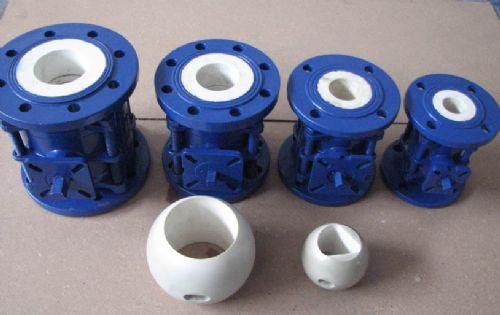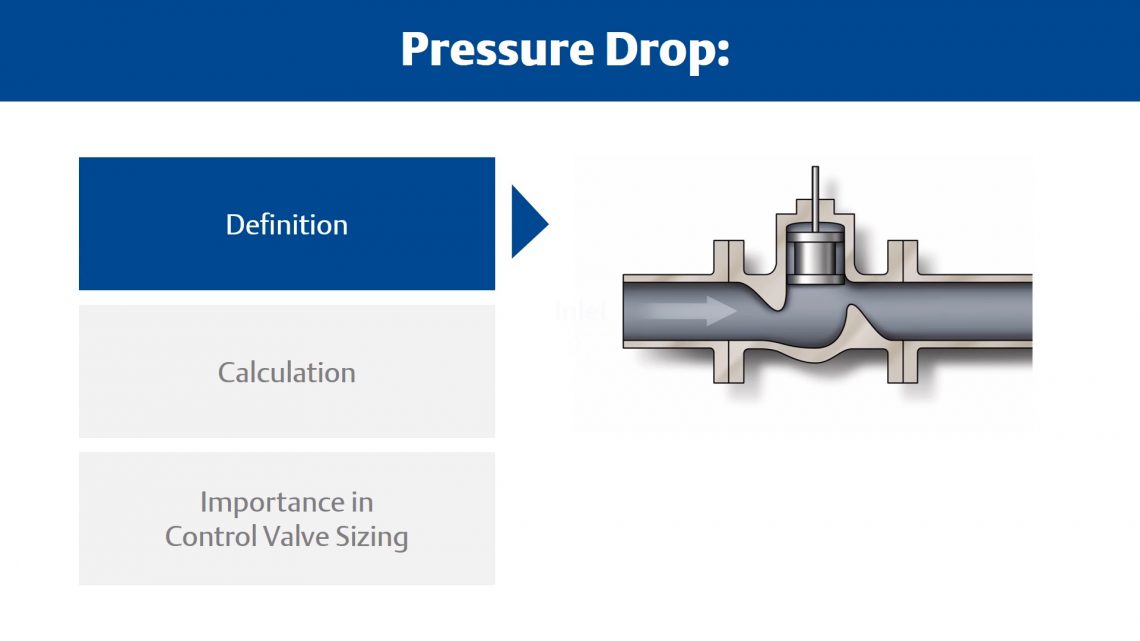At present, the valves commonly used in most industries are metal valves. The use of metal valves has been around for hundreds of years. Although it has been improved by structure and materials, it is more and more unable to adapt to the needs of harsh conditions such as high wear and strong corrosion due to the limitations of metal materials. The shortcomings of the traditional metal industrial valves are mainly reflected in the short service life and serious leakage, which greatly affects the stability of the system operation. These valves are in urgent need of radical innovation in materials, design and manufacturing processes. As a new material in the…
-
-
Sanitary Shutoff And Diverter Valve Image Gallery
What are the sanitary shutoff and diverter valve? When stopping or diverting flow in a processing system, the Adamant Valves AV-5 sanitary shutoff and diverter valve series single seat valve line provides both a flexible and reliable solution. These sanitary shutoff and divert valves are pneumatically or manually operated, and offered in a wide variety of body configurations. Type: shutoff and diverter valveReference No.: AV-5Sizes: 1/2″ – 4″Grades: 304 – 316LOperation: Manual, Pneumatical Adamant Valves AV-5 series stainless steel shutoff and diverter valve uses: The sanitary shutoff and divert valve is well applied to stainless steel pipe systems for food, beverage, dairy, brewing, pharmaceutical, bio-pharmaceutical and chemical industries. Adamant Valves AV-5 series stainless steel…
-
Press Drop: An Important Selection Criteria for Choosing Control Valves
Pressure drop, also known as pressure loss, is an important selection criteria for control valves as it’s used in the sizing calculation. Let’s define the term pressure drop, show how it’s calculated, and discuss why it’s important for engineers designing flow systems. Definition of Pressure Loss Pressure drop is the difference in pressure as measured between two points in a pipe with flowing fluid. For a control valve, the pressure drop is the difference between the inlet pressure and the outlet pressure. It varies with the flow. Calculation of Pressure Loss The calculation for pressure drop looks like this △P=P1 + P2. The pressure drop is usually measured in pounds per…
-
Several Common Valve Applications
Valves can be said to be everywhere in life, no matter the family or the factory, any building can not do without valves. This article will introduce you to several common valve application areas: Field Application Types of Valves Oil plant Oil refining device Most of them are pipeline valves, mainly gate valves, globe valves, check valves, safety valves, ball valves, butterfly valves, steam traps, among which, gate valve demand accounts for about 80% of the total number of valves. Chemical fiber device Chemical fiber products mainly include polyester, acrylic and vinylon. Ball valve and jacketed valve (jacketed ball valve, jacketed gate valve, jacketed shut-off valve) are used. Acrylonitrile device…
-
How to Choose the Right Butterfly Valve?
The butterfly valve controls the flow of fluid through the conduit by a single valve disc mounted on the central shaft. The disc creates a variable orifice (see Figure 1). Butterfly valves can generally be divided into three basic types: damping valves, elastomeric seat valves, and high-performance valves. Damping valve The damper butterfly valve is actually a butterfly valve without a valve seat (see Figure 2). The valve disc in the valve does not touch the inner wall of the valve body. It does not cut off the fluid; it only decelerates the fluid in the pipe or flue because there is a gap between the outer diameter of the…

